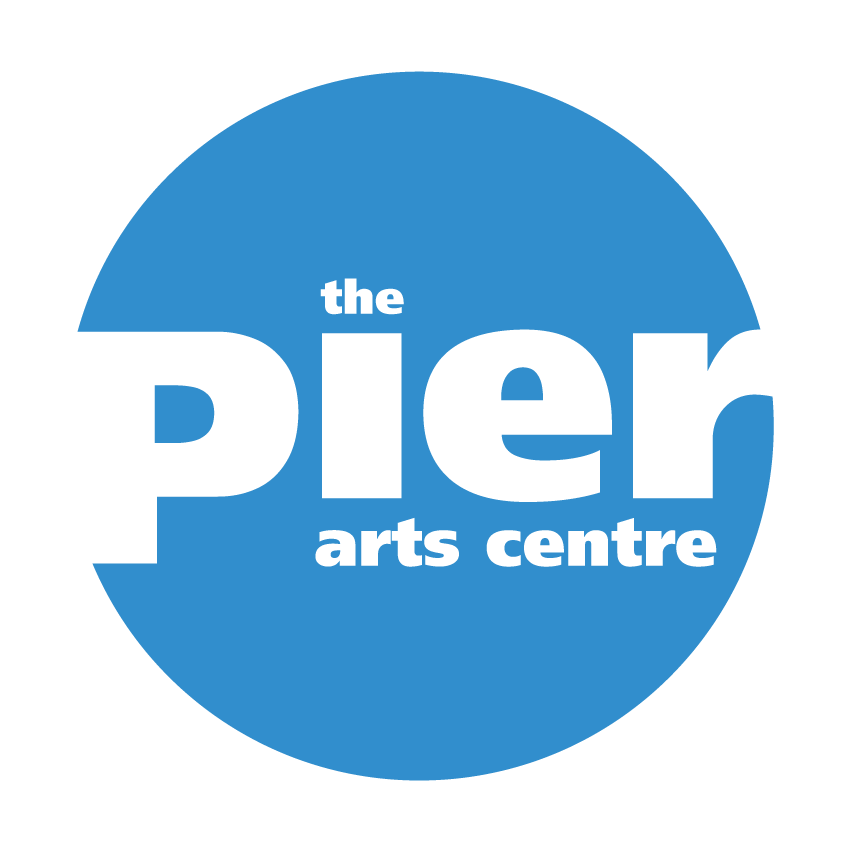At the end of last month we said farewell to our Young Persons’ Programmer Creative Scotland Trainee Issie. In this blog she talks about her time with us and the last project during her traineeship looking at the work of Orcadian filmmaker and poet Margaret Tait.
Margaret Tait still from Painted Eightsome 1970
One of my last projects at the Pier has been coordinating a project that celebrates the work and life of the Orcadian poet and filmmaker, Margaret Tait. The project has involved me working with groups which are often overlooked within the Orkney communities, especially young people and children, as this is an area which my traineeship has focused on. The project has developed ideas around growing up in Orkney and how this differs to other coming of age narratives. This has included Voluntary Action Orkney’s Connect Project, which supports young people who are not in employment or education. Working with Connect has been a great experience for me, as I have been able to see the young people explore different ways of being creative whilst also thinking about their background. I also worked with the Connect group through the ScotArt project, so we were able to develop ideas that we discussed in November about Orkney. We experimented with animations using scrabble letters and further went onto creating a short film within Kirkwall. The film focused on areas such as Orkney’s rich history, from the sinking of the Royal Oak to the discovery of the North West Passage by Orcadian, John Rae.
Working with Connect group
I also visited Papa Westray, one of Orkney’s smaller outer isles (known as Papay), as a part of the project. I coordinated a screening of Tait’s films at the hostel, Beltane House. Some of Papay’s older residents came along for the lunch club screenings and enjoyed films such as Place of Work, 1976, a film which focuses on the woman’s role in the home during the 1970s. Tait contrasts this with shots of workmen painting her windows, giving the audience a sense of confinement within the garden and walls of the house. It is also seen as a homage to the house, as during the time of filming, her Kirkwall house was due to be demolished. The short film was described by Tait “Place of Work was meant to define a place, or the feeling of being in one place, with the sense this gives one, not of restriction but of the infinite variations available”.
The audience at Beltane were able to reminisce over images of Orkney in the 1970s, with one of them recognising one of the workmen in the film. I also showed them Portrait of Ga, 1952 and Colour Poems, 1974 which take a more avant-garde route.
Film screening at Beltane House, Papa Westray
One of my favourite parts of my visit, was working with Papay school, which is currently made up of 6 pupils. I started the morning showing the class Happy Bees, 1954, one of Tait’s most recognised works, which revolves around the joys of childhood in Orkney. We played around with making animations, and the children experimented with lots of different techniques and topics, from a seagull being chased to scene in a jungle! In the afternoon we wondered around the school and the grounds taking short clips of the children’s surroundings, which includes a green house and 3 alpacas.
Although my time on Papay and working with the Connect project has been short, it’s been a great highlight of my traineeship and a nice way to finish my time at the Pier.



